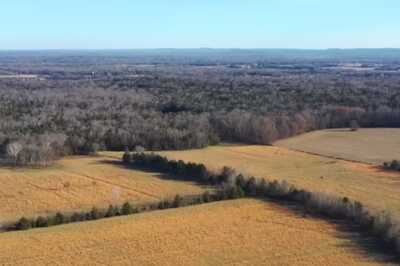
views
New Delhi: Finding the data provided by Indian Meteorological Department (IMD) inadequate for studying the national capital's "micro-climate", Delhi University has set up its own weather station for more accurate and detailed weather updates.
The varsity has also claimed that the weather station, which will record temperature, humidity, wind speed, rainfall and pressure, just like any other monitoring station, is the first-of-its-kind to be established by any educational institution in India.
"IMD is the only agency furnishing public weather data and there are only two stations -- Palam and Safdarjung -- from which it draws information for Delhi. Hence, for many areas, the data is not Real-Time but approximately so," said Dr RB Singh, HOD, DU's Geography department.
"Also, it is difficult for scientists and researchers to precisely study the micro-climate and trends of climate change as the data for some areas is vague," he added.
Saying that in foreign countries, people check weather updates before leaving home and take precautions accordingly, Singh rued that that was not possible here "because the data is not accurate and hence the predictions are not up to the mark".
"The main problem is with the coverage -- if more weather stations are set up at smaller distances, more reliable data can be gathered," he added.
The weather station has been set up on the terrace of Delhi School of Economics at a cost of over Rs 3 lakh.
"We approached IMD and they have expressed an interest in this project. We are testing its accuracy daily and also comparing it with the IMD data. We also plan to set up nine more weather stations," Singh said.
"Geography is taught at 10 colleges of DU, whose locations are such that they more or less cover the entire city. Once it is successful, we will set up weather stations in these colleges as well and then approach IMD to include our data in their daily forecast," he said.
The weather station will be managed by teachers and students of the Geography department for now.
"We are monitoring the weather on an hourly basis and providing both daily and hourly updates. After the accuracy testing is done, we will start making the data public and release weather bulletins.
"The data gathered will not only be helpful for the general public, it will also provide an edge to the researchers and scientists studying various weather phenomena," Singh said.



















Comments
0 comment